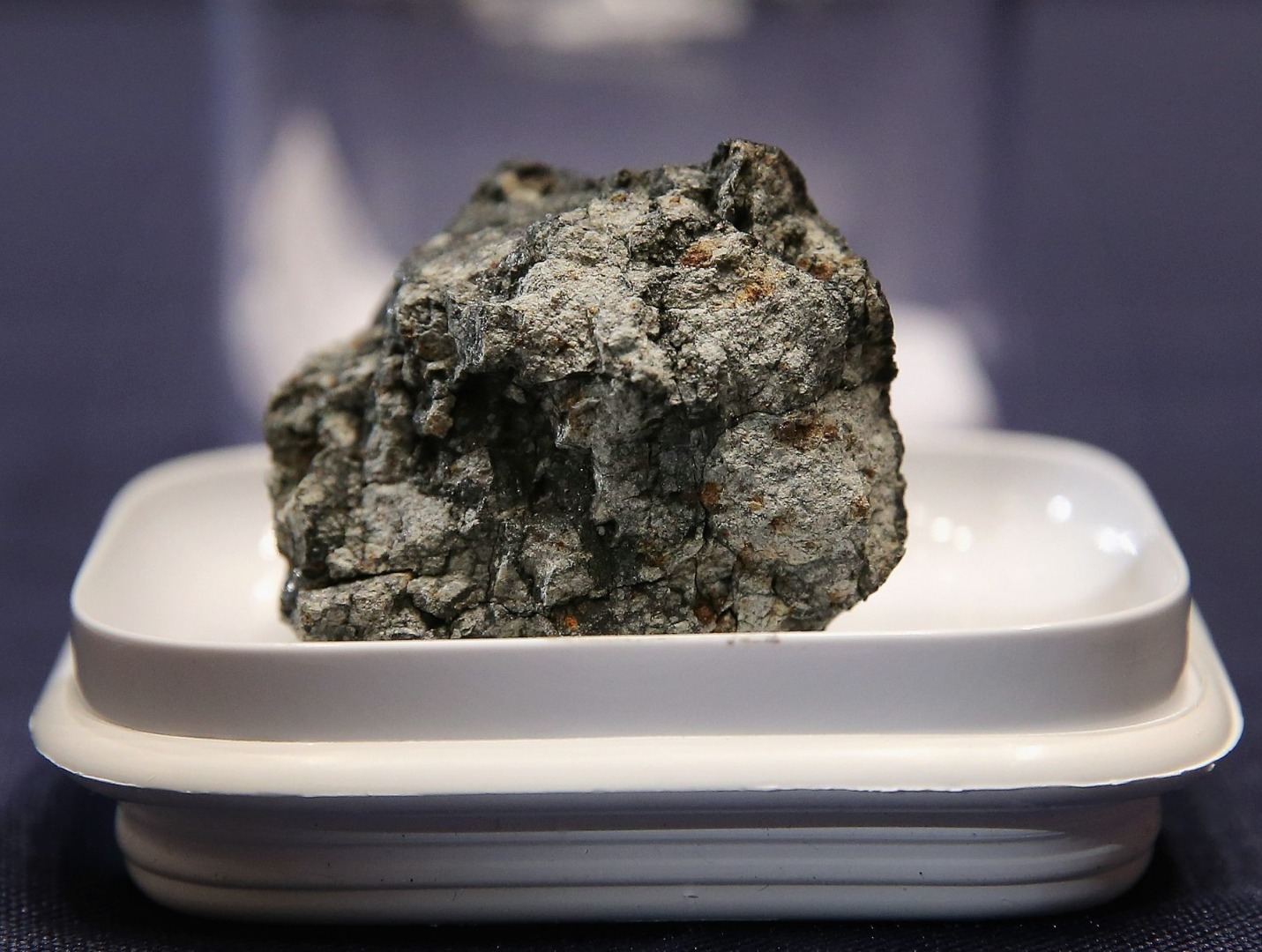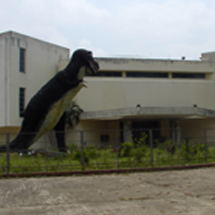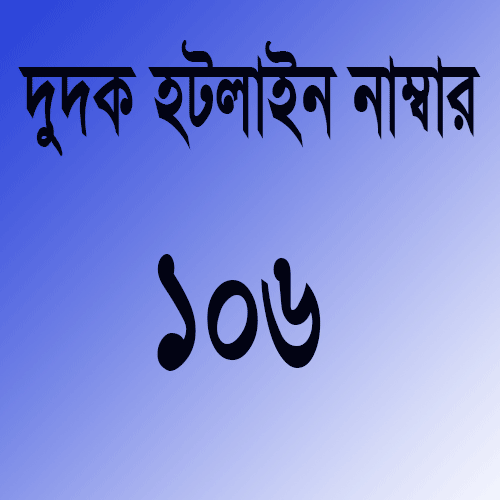সর্ব-শেষ হাল-নাগাদ: ১৪ মে ২০২২
উল্কা

উল্কা হলো মহাকাশে পরিভ্রমণরত পাথর বা ধাতু দিয়ে গঠিত ছোট আকারের মহাজাগতিক বস্তু যা পৃথিবীর বায়ুমন্ডলে প্রবেশ করলে জ্বলে ওঠে। তখন একে উল্কাপাত বলে। কোন উল্কা পৃথিবীর বায়ুমন্ডলে প্রবেশের পর তার কোন অবশিষ্টাংশ যদি পৃথিবী পৃষ্ঠে এসে পড়ে তবে তাকে উল্কা পিন্ড বলে। রাতে আকাশে আমরা প্রায়শঃ এই উল্কাপাত দেখতে পাই। পৃথিবী পৃষ্ঠে পতিত এ পর্যন্ত সবচেয়ে বড় উল্কাপিন্ড হলো Hoba. এটি প্রায় ৮০ হাজার বছর পূর্বে নামিবিয়াতে পতিত হয়েছিল। এর ওজন প্রায় ৬০ টন।
উল্কাপিন্ডঃ প্রদর্শিত উল্কাপিন্ডটি ২০০৬ সালের ৩১ জানুয়ারি তারিখে ঠাকুরগাঁও জেলার সদর উপজেলার সালন্দর ইউনিয়নের সিংপাড়া গ্রামে পতিত হয়। উল্কাপিন্ডটির ওজন ২ কেজি ৪২৮ গ্রাম বা ৫.৩৫ পাউন্ড। এটি ধাতব উল্কাপিন্ড। ধারণা করা হয় ১৯৪২ সালের পর এটিই বাংলাদেশে প্রাপ্ত একমাত্র উল্কাপিন্ড।
Meteors are small cosmic objects made of rock or metal orbiting in space that ignite when they enter the Earth's atmosphere. Then it is called meteor shower. If a meteorite enters the Earth's atmosphere and any of its remnants come to the Earth's surface, it is called a meteorite. We often see these meteors in the night sky. The largest meteorite ever to land on Earth is Hoba. It fell into Namibia about 80,000 years ago. It weighs about 60 tons.
Meteorites: The meteorite on display fell on 31 January 2007 at Singpara village in Salander union of Sadar upazila of Thakurgaon district. The meteorite weighs 2 kg 428 grams or 5.35 pounds. It is a metal meteorite. It is thought to be the only meteorite found in Bangladesh since 1942.
সর্বশেষ খবর
পবিত্র ঈদ-উল-ফিতর, ২০২৫ উপলক্ষে আগামী ২৭ মার্চ ২০২৫ থেকে ৪ এপ্রিল ২০২৫ তারিখ পর্যন্ত জাতীয় বিজ্ঞান ও প্রযুক্তি জাদুঘরের গ্যালারী প্রদর্শনী কার্যক্রম বন্ধ থাকবে।
Array
(
[id] => 7940452d-2f6d-4e42-8f87-8afb3227ed08
[version] => 63
[active] => 1
[publish] => 1
[created] => 2015-01-25 15:58:17
[lastmodified] => 2024-11-03 13:26:54
[createdby] => 136
[lastmodifiedby] => 2598
[domain_id] => 6414
[office_id] =>
[menu_id] =>
[title_bn] => মহাপরিচালক
[title_en] => Director General
[body_bn] =>
[body_en] =>
[userpermissionsids] =>
[uploadpath] => e9005938-c62a-4cda-bdf2-fb21556182fc
[userip] => 127.0.0.1
[useragent] => Mozilla/5.0 (Windows NT 10.0; Win64; x64) AppleWebKit/537.36 (KHTML, like Gecko) Chrome/130.0.0.0 Safari/537.36
[usergeo] =>
[is_right_side_bar] => 1
[office_head_photo] => Array
(
[0] => Array
(
[name] => 2024-11-03-07-22-6b2a72f3355ff271bf2bf600fddeeab8.jpg
[caption_bn] => মহাপরিচালক
[caption_en] => Director General
[link] =>
)
)
[office_head_description] => মহাপরিচালক
[office_head_des_bn] => মুনীরা সুলতানা এনডিসি
মুনীরা সুলতানা এনডিসি, অনানুষ্ঠানিক বিজ্ঞান শিক্ষা কার্যক্রমের মাধ্যমে একটি বিজ্ঞানমনস্ক জাতি গঠনের লক্ষে ৩১ অক্টোবর, ২০২৪খ্রিঃ তারিখে জাতীয় বিজ্ঞান ও প্রযুক্তি জাদুঘরের মহাপরিচালক হিসেবে দায়িত্ব গ্রহণ করেন।
তিনি ১৯৯৩ সালে বাংলাদেশ সিভিল সার্ভিস প্রশাসন ক্যাডারে যোগদানের মধ্য দিয়ে কর্মজীবন শুরু করেন। তিনি বেশিরভাগ সময় বিভিন্ন মন্ত্রণালয় ও অধিদপ্তরে এবং মাঠ প্রশাসনে দায়িত্ব পালন করেন। ঢাকা বিশ্ববিদ্যালয় থেকে উদ্ভিদবিদ্যা বিভাগ থেকে তিনি স্নাতকোত্তর ডিগ্রি অর্জন করেন। চাকরিতে কর্মরত অবস্থায় তিনি নর্দান ইউনিভার্সিটি, ঢাকা থেকে গভর্নেন্স স্টাডিজ বিষয়ে দ্বিতীয় স্নাতকোত্তর ডিগ্রি অর্জন করেন। তিনি ২০১৮ সালে ন্যাশনাল ডিফেন্স কলেজ থেকে ন্যাশনাল ডিফেন্স কোর্স সাফল্যের সাথে সম্পন্ন করেন।
চাকুরিরত অবস্থায় তিনি দেশে এবং বিদেশে বিভিন্ন পেশাগত প্রশিক্ষণ কোর্স সাফল্যের সাথে সম্পন্ন করেন। একটি বিজ্ঞানমনস্ক জাতি গঠনে এবং সারা দেশে বিজ্ঞান ও প্রযুক্তির সুফল ছড়িয়ে দিতে তিনি নিরলস কাজ করে যাচ্ছেন।
[office_head_des_en] => Munira Sultana ndc
Munira Sultana ndc, took charge as Director General of National Museum of Science and Technology on October 31, 2024 with the aim of building a science minded nation through informal science education programs.
She started her carrier in the Bangladesh Civil Service administration cadre in 1993. She served mostly in field administration and different ministries and directorate. She earned her degree of M.Sc. in Botany from the University of Dhaka. While in service, she earned a second Masters degree in Governance Studies from the Northern University, Dhaka. She completed the National Defense Course successfully in 2018 from National Defense College.
She acquired various professional training courses during her service period in home and abroad and keenly interested in building a science minded nation and spread the blessings of Science and Technology across the country.
[designation] =>
[designation_new_bn] => মহাপরিচালক
[designation_new_en] => Director General
[weight] => 0
)
=======================
কেন্দ্রীয় ই-সেবা
পথ নির্দেশিকা

হটলাইন

সামাজিক যোগাযোগ

জরুরি হেল্পলাইন নম্বর




.jpg)













